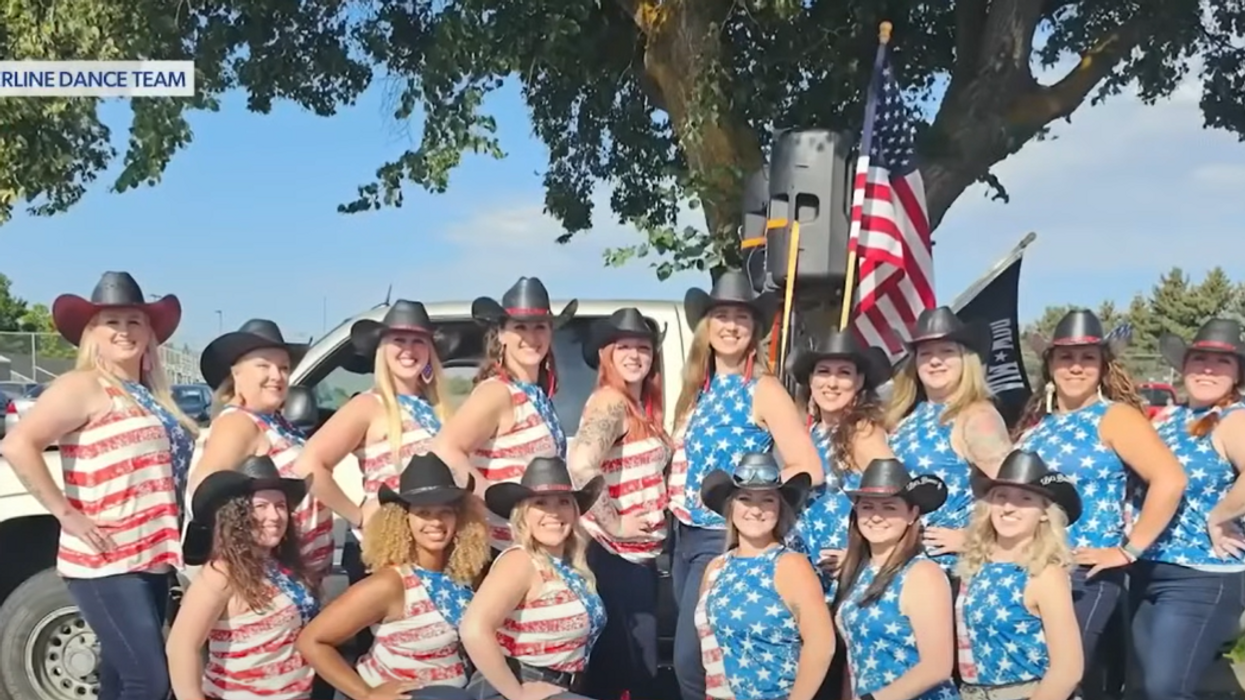
© 2024 Blaze Media LLC. All rights reserved.
"...expected to reduce the risk of repetitive stress injury.”
Autoworkers and astronauts both have a similar problem when it comes to stress injuries from repetitive tasks. This led GM and NASA to team up to create a device with stress relief as its primary goal.
The two have developed a power-assisted glove -- a Robo-glove or K-glove -- that can help reduce load for those working on mechanics on a daily basis.

“When fully developed, the Robo-Glove has the potential to reduce the amount of force that an auto worker would need to exert when operating a tool for an extended time or with repetitive motions,” said Dana Komin, GM’s manufacturing engineering director, Global Automation Strategy and Execution, in a statement. “In so doing, it is expected to reduce the risk of repetitive stress injury.”
GM provides this example of how the glove would work:
[...] an astronaut working in a pressurized suit outside the space station or an assembly operator in a factory might need to use 15-20 pounds of force to hold a tool during an operation but with the robotic glove only five-to-10 pounds of force might need to be applied.
Here's more from the engineers of the human-assist glove:
While you may find this collaboration unusual -- a space agency and an automotive manufacturer working together -- it is by no means a first. Robonaut 2, a humanoid robot that was recently launched into space, was developed by this team to be a helper for astronauts.

(Related: 'One of the highlights of the day': First robot-human handshake in space)
The robo-glove was inspired by R2's "finger actuation system", which helps humans better grasp objects:
The pressure sensors, similar to the sensors that give R2 its sense of touch are incorporated into the fingertips of the glove to detect when the user is grasping a tool. When the user grasps the tool, the synthetic tendons automatically retract, pulling the fingers into a gripping position and holding them there until the sensor is released.
“The prototype glove offers my space suit team a promising opportunity to explore new ideas, and challenges our traditional thinking of what extravehicular activity hand dexterity could be,” Trish Petete, division chief, Crew and Thermal Systems Division, NASA Johnson Space Center, said in the statement.
This most recent version of the glove is the team's second prototype -- the first was released a year ago. According to GM's statement, a third prototype is nearing completion as well that will reduce size and weight of the contraption. Current prototypes weigh about two pounds.
[H/T SlashGear]
Want to leave a tip?
We answer to you. Help keep our content free of advertisers and big tech censorship by leaving a tip today.
Want to join the conversation?
Already a subscriber?
more stories
Sign up for the Blaze newsletter
By signing up, you agree to our Privacy Policy and Terms of Use, and agree to receive content that may sometimes include advertisements. You may opt out at any time.
© 2024 Blaze Media LLC. All rights reserved.
Get the stories that matter most delivered directly to your inbox.
By signing up, you agree to our Privacy Policy and Terms of Use, and agree to receive content that may sometimes include advertisements. You may opt out at any time.


